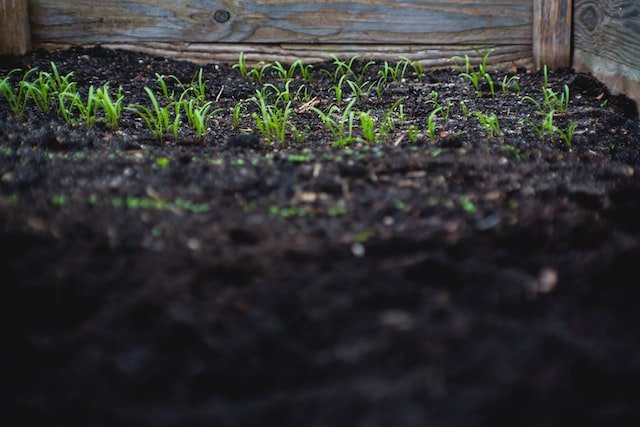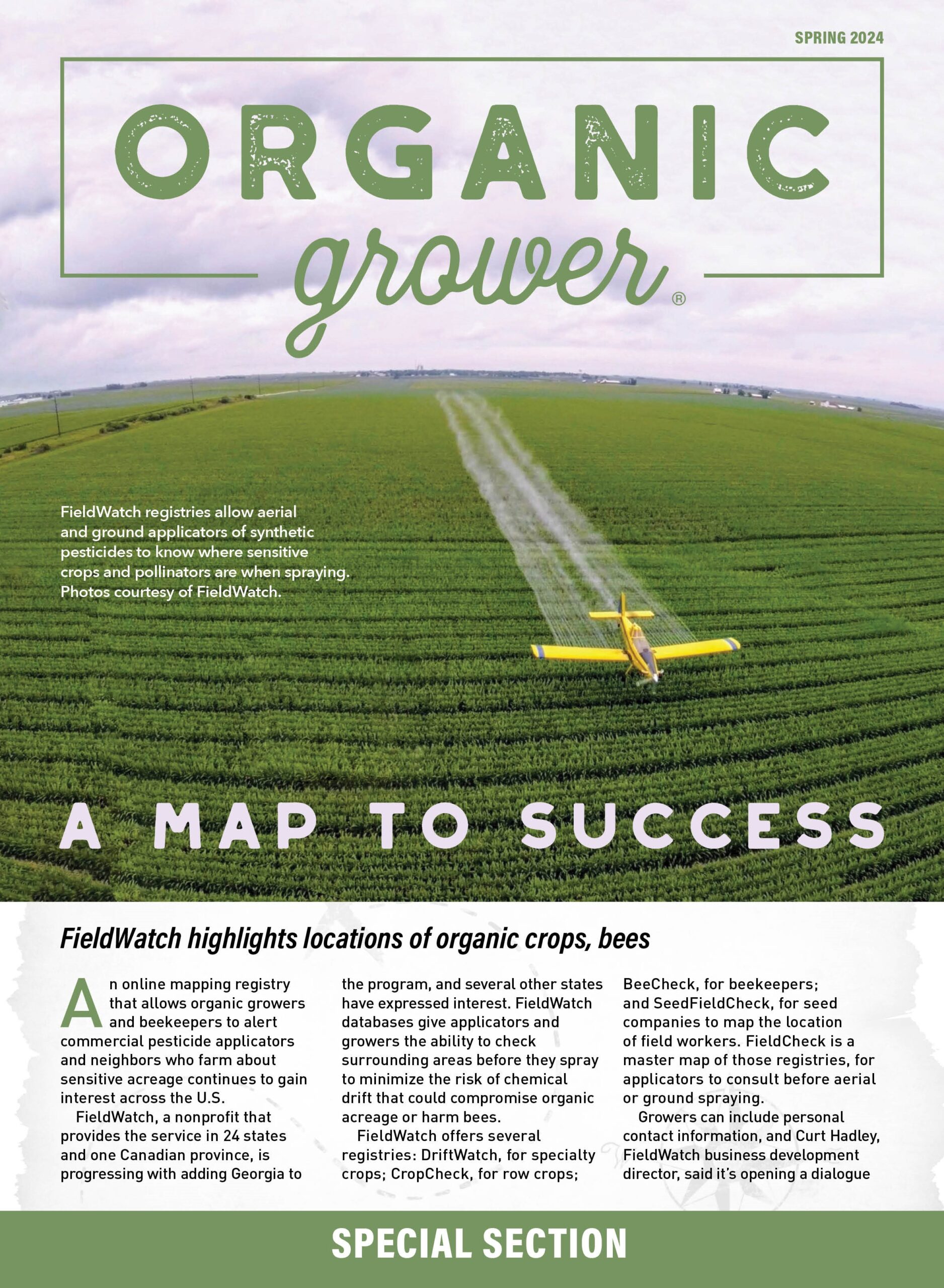Sep 1, 2022
US Composting Infrastructure Coalition seeks composting infrastructure from EPA
The U.S. Composting Infrastructure Coalition has issued a public comment to the U.S. Environmental Protection Agency.
The comment was on Docket No. EPA-HQ-OLEM-2022-0342-0001 and was written on July 25, 2022, and posted on July 29, 2022.
The members are the Biodegradable Products Institute, Californians Against Waste, Corn Refiners Association, Institute for Local Self Reliance, Natural Resources Defense Council and Plant Based Products Council.
USCIC is composed of a substantial cross section of the U.S. organic waste management community, associations working on sustainable packaging, as well as other stakeholders supporting innovative and responsible municipal waste management solutions. USCIC works together in advocating for the methodical expansion of all facets of composting infrastructure throughout the U.S. with the goal of significantly increasing access to robust collection programs that divert food waste, yard trimmings, and certified compostable packaging to composting facilities.

RFI Question: What are the barriers and challenges facing states, territories, tribes, local governments and communities with regard to post-consumer materials management and how can SWIFR grants assist in overcoming those barriers?
One of the biggest challenges facing states, territories, tribes, local governments and communities across the country regarding post-consumer materials management is the disposal and processing of organic waste such as food scraps. Organic waste is one of the heaviest by weight and most costly components of municipal solid waste (MSW), with food scraps alone accounting for over 21% of total MSW./1
Most food scraps are sent to landfills where their anaerobic decomposition contributes to methane emissions./2
Food scraps contribute to landfills’ status as the third-largest contributor to anthropogenic methane emissions in the U.S./3
To avoid this increasingly expensive and heavy contribution to landfills and the continuous rise in methane emissions from the waste management sector, jurisdictions of all sizes can turn to composting.
Composting is the process by which controlled aerobic, biological decomposition of biodegradable materials turns organic waste into a valuable soil amendment. Composting diverts organic waste away from landfills to a process that avoids methane emissions and creates a soil-enriching product. Among its many soil health benefits, compost increases soil organic matter, improves structure and permeability and can be used as a valuable soil stabilizer and runoff prevention tool.
As for the economic benefits of composting, cost savings and job creation are two of the highlights for municipalities and communities with adequate composting infrastructure. Finished compost can be used in green infrastructure projects to offset the costs of other soil stabilizers and runoff prevention tools. These projects and compost use in erosion and sediment control help meet the EPA’s Stormwater Management Phase II rules. The Association of American Plant Food Control Officials (AAPFCO) has approved the following use of label claims for bulk compost products without registration as a fertilizer.
- Improves soil structure and porosity – creating a better plant root environment.
- Increases moisture infiltration and permeability and reduces bulk density of heavy soils. Improving moisture infiltration rates and reducing erosion and runoff.
- Improves the moisture holding capacity of light soils – reducing water loss and nutrient leaching and improving moisture retention.
- Improves the cation exchange capacity (CEC) of soils.
- Supplies organic matter.
- Aids the proliferation of soil microorganisms.
- Supplies beneficial microorganisms to soils and growing media.
- Encourages vigorous root growth.
- Allows plants to utilize nutrients more effectively, while reducing nutrient loss by leaching.
- Enables soils to retain nutrients longer.
- Contains humus – assisting in soil aggregation and making nutrients more available for plant uptake.
- Buffers soil pH.
Additionally, a study by the Institute for Local Self-Reliance found that composting facilities on a per ton basis sustain two times more jobs than landfills and four times more jobs than incineration facilities./4
The greatest hurdle to realizing the benefits of composting in waste management systems across the country is a chronic lack of composting infrastructure. From organic waste collection to processing equipment and an adequate distribution of facilities themselves, composting as a solid waste management solution has not achieved its full potential. In fact, recent statistics show that less than 10% of compost facilities are currently collecting food scraps./5
Additionally, state and local authorities often struggle to support assessments and planning projects that help incorporate composting into their waste management systems. Finally, many composting facilities experience an increased complexity of feedstocks in addition to volume. Further action is required to support development of composting facilities that are designed for the future with the ability to accept certified compostable products as tools for collecting organics at scale. The expansion of sufficient composting infrastructure has been prolonged by a continued lack of financial support to fund projects, from planning to implementation, that are essential to a more robust composting system and the creation of economic incentives for composters to accept and process more food waste.
USCIC recommends that part of the funding for the Solid Waste Infrastructure for Recycling (SWIFR) grant program be dedicated to composting infrastructure projects at all scales. At least 31% of overall.
1 United States Environmental Protection Agency. Advancing Sustainable Materials Management: 2018 Fact Sheet. United States Environmental Protection Agency (2020) p. 4. https://www.epa.gov/facts-and-figures-aboutmaterials-waste-and-recycling/advancing-sustainable-materials-management
2 Ibid.
3 United States Environmental Protection Agency. Inventory of U.S. Greenhouse Gas Emissions and Sinks: 19902020. United States Environmental Protection Agency (2022) pp. ES13. https://www.epa.gov/ghgemissions/inventory-us-greenhouse-gas-emissions-and-sinks-1990-2020
4 Bell, Bobby and Platt, Brenda. Building Healthy Soils with Compost to Protect Watersheds. Institute for Local Self Reliance (2014) p. 4 https://ilsr.org/composting-builds-healthy-soils-and-protects-watersheds/
5 Goldstein, Nora. Quantifying Existing Food Waste Composting Infrastructure in the U.S. BioCycle (2019).






